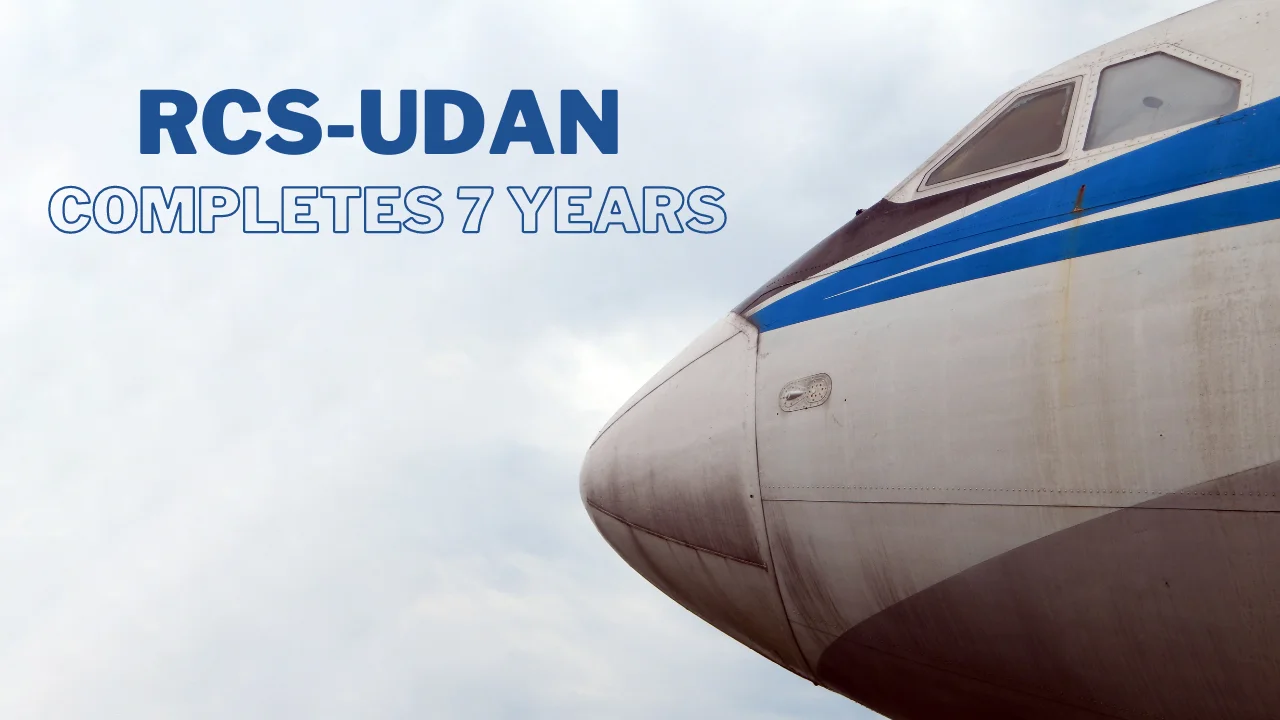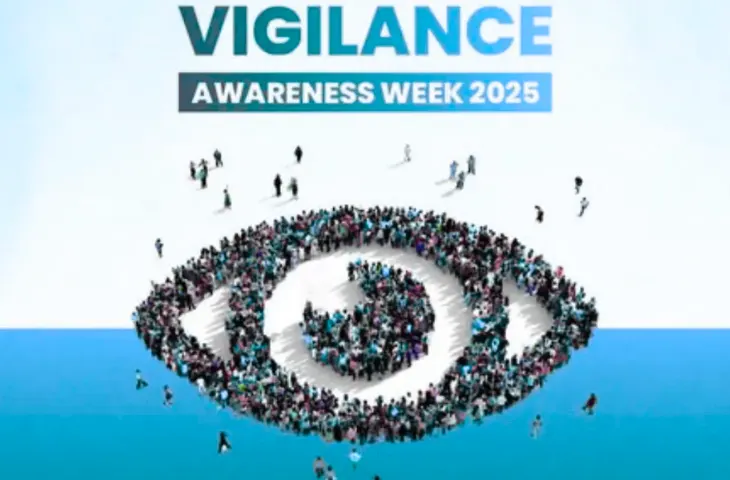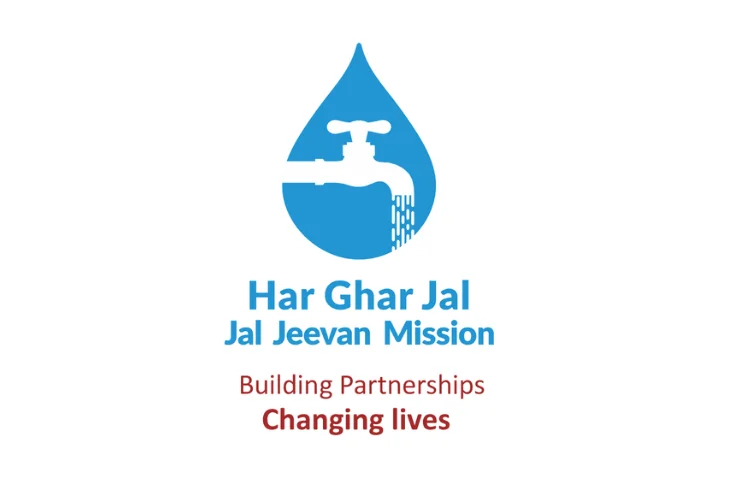The Regional Connectivity Scheme – Ude Desh Ka Aam Nagrik (RCS-UDAN) has marked 7 years since its launch. This government-backed initiative is aimed at enhancing infrastructure and connectivity in India, with a particular focus on remote and underserved regions. UDAN is a crucial component of India’s National Civil Aviation Policy (NCAP) 2016, which was unveiled by the Ministry of Civil Aviation (MoCA) on October 21, 2016, with a 10-year vision to transform and improve the country’s civil aviation sector.
About RCS-UDAN
The UDAN scheme was launched by the Ministry of Civil Aviation to improve regional airport infrastructure and connectivity. It is a component of the National Civil Aviation Policy 2016 and is valid for a duration of ten years.
Background
The RCS-UDAN program achieved a significant milestone with the inauguration of its first flight by the Hon’ble Prime Minister on April 27, 2017, connecting Shimla to Delhi. This initiative is primarily focused on enhancing air connectivity on unserved routes in underserved regions of India, ultimately making air travel more accessible to the common citizens. To date, RCS-UDAN has successfully facilitated the travel of more than 1.3 million passengers, underscoring its success in improving air travel accessibility.
Objectives
The main objectives of the UDAN are-
- To improve air connectivity to remote and regional areas of India,
- Promote regional airport development, enhance trade and commerce, boost tourism,
- Provide affordable air travel to common people,
- To create employment opportunities in the aviation sector.
As per the UDAN scheme, airlines are required to limit airfares to a maximum of Rs. 2,500 per hour of flight for half of the total seats on the flight.
Different Phases of the RCS-UDAN Scheme
UDAN 1.0
- It was the first phase of the UDAN scheme launched in 2017.
- This phase aimed to connect underserved and unserved airports in the country.
- The government awarded 128 flight routes to 5 airline companies, connecting 70 airports including 36 newly made operational airports.
- The first flight under the scheme was operated on April 27, 2017, between Shimla and Delhi by Alliance Air.
UDAN 2.0
- It was launched in 2018 to expand air connectivity to more remote and inaccessible parts of the country.
- The MoCA announced 73 underserved and unserved airports under this phase.
- For the first time, helipads were also connected under this phase of the UDAN scheme.
- A total of 23 airlines were awarded 325 routes.
- The scheme was seen as a significant step towards making air travel accessible to people in remote and hilly areas.
UDAN 3.0
- It was launched in November 2018 and included several new features.
- The scheme added tourism routes in coordination with the Ministry of Tourism and brought in a number of routes in the North-East Region under its ambit.
- Additionally, seaplanes were included to connect water aerodromes.
- These efforts aimed to increase air connectivity to remote and underserved areas of the country and promote tourism in the region.
UDAN 4.0
- It, launched in 2020, aimed to enhance connectivity to remote and regional areas of India.
- 78 new routes were approved to connect underserved and unserved airports across the country.
- The scheme also included plans to connect the Kavaratti, Agatti, and Minicoy islands of Lakshadweep.
- The objective was to improve trade and commerce, promote tourism, and create employment opportunities in the aviation sector.
UDAN 4.1
- It was a new phase under the UDAN scheme, launched in December 2020.
- It aims to enhance air connectivity to smaller airports and introduce special helicopter and seaplane routes.
- This phase also focused on the Sagarmala Seaplane Services project. It aims to connect various destinations via seaplanes, as a part of the Ministry of Ports, Shipping and Waterways initiative.
- The project aims to identify potential airline operators for the development of seaplane routes, which will further enhance connectivity in the country.
Krishi UDAN
- Krishi UDAN is a scheme launched by the Ministry of Civil Aviation in August 2020.
- Aimed at providing air transportation facilities to farmers, fishermen, and other related communities to help them transport their agricultural produce, fishery products, and other perishables in a timely and efficient manner.
- It is intended to improve the value realization of agricultural products, as timely transportation can help reduce wastage and ensure better prices for farmers.
- The scheme is operational on both international and national routes.
International UDAN
- International UDAN is an initiative launched with the aim of improving air connectivity between smaller Indian cities and key foreign destinations in neighboring countries.
- The goal is to make it easier for people from smaller cities to travel to important international destinations for business, tourism, and other purposes.
- This initiative will also help in boosting economic activity in smaller cities by facilitating the movement of goods and people.
- The government is working to identify and develop new routes under this initiative to connect more Indian cities with foreign destinations.
UDAN 5.0
- The latest iteration of the program, UDAN 5.0, has introduced several important changes.
- This round focuses on Category-2 (aircraft with 20-80 seats) and Category-3 (aircraft with more than 80 seats).
- One significant change is the removal of the cap of 600 km on the distance between the origin and destination of the flight.
- The emphasis is now on routes that connect airports that are either already operational or will be ready for operations in the near future.
- This streamlined approach is expected to lead to faster implementation of the awarded routes.
- To ensure timely commencement of operations, airlines are now required to start flights within 4 months of being awarded a route.
- Additionally, if the average quarterly Passenger Load Factor (PLF) of a route, for four consecutive quarters, exceeds 85%, the exclusivity for that route will be withdrawn.
- This change allows other airlines to provide connectivity on the route, promoting healthy competition and improved services for passengers.
UDAN 5.1
- Subsequently, UDAN 5.1 was introduced to further enhance the RCS-UDAN program.
- This round specifically focuses on helicopter routes, expanding the scope of operations for helicopter operators.
- It offers increased Viability Gap Funding (VGF) and reduced airfare caps, making air travel more accessible and affordable for passengers.
- Under this scheme, operations are permitted on routes as long as one of the origin or destination points is located in a priority area, and at least one of the origin or destination points is a heliport.
- This expansion of connectivity options is expected to bring the benefits of air travel to a wider range of regions and communities.
UDAN 5.2
- It is currently in the bidding phase, aiming to further enhance connectivity to remote and regional areas of the country.
- This iteration of the scheme focuses on achieving last-mile connectivity and giving a boost to the tourism sector through small aircraft with fewer than 20 seats.
- Under this scheme, small aircraft operators will have greater operational flexibility.
- They will be allowed to operate a maximum of 40% of the annually quoted Regional Connectivity Scheme (RCS) seats and a minimum of 10% of the annually quoted RCS seats in any given quarter.
- This flexibility will improve the efficiency and effectiveness of air travel services in underserved areas.
Fueling Growth in the Aviation Industry
The Regional Connectivity Scheme – UDAN has been instrumental in fostering the growth of the civil aviation industry in India. Over the past six years, the scheme has contributed to the emergence of four new successful airlines. It has played a pivotal role in helping airline operators establish and develop sustainable business models. Small regional airlines like FlyBig, Star Air, and IndiaOne Air have had the opportunity to scale up their operations, demonstrating that the scheme has created a favorable ecosystem for the airline business.
Demand for New Aircraft of all Sizes
The expansion of RCS-UDAN has led to an increased demand for aircraft of all sizes, ranging from helicopters and seaplanes to jet planes. A diverse fleet, including aircraft like the Airbus 320/321, Boeing 737, ATR 42 and 72, DHC Q400, Twin Otter, Embraer 145 and 175, and Tecnam P2006T, is actively serving on RCS routes. Indian carriers have placed orders for more than 1,000 aircraft slated for delivery over the next 10-15 years. It indicates a significant growth in the country’s existing fleet, which currently comprises around 700 planes operated by various airlines.
Promoting Tourism
In addition to enhancing connectivity to tier-2 and tier-3 cities, RCS-UDAN has been a major contributor to the tourism sector. UDAN 3.0 introduced tourism routes connecting destinations in the Northeast region. While UDAN 5.1 aims to expand helicopter services in hilly regions to boost tourism, hospitality, and local economic growth. This initiative has successfully connected destinations with significant relevance in religious tourism, such as Khajuraho, Deoghar, Amritsar, and Kishangarh. The entire Northeast region’s tourism industry has experienced a significant upsurge due to the introduction of airports like Pasighat, Ziro, Hollongi, and Tezu, which have enhanced accessibility.
Boosting Air Connectivity
RCS-UDAN has significantly improved air connectivity across the country. It has connected 30 States and Union Territories, with a total of 75 airports operationalized under the scheme. Notably, eight airports have become operational in the Northeast region. Many of the airports that operationalized under UDAN, including Darbhanga, Hubli, Kannur, Mysuru, and others, have become sustainable with non-RCS commercial flights now operating from these airports.
Key Achievements of the RCS-UDAN Scheme
- The RCS-UDAN scheme has been a game-changer for air connectivity in India, providing affordable airfares to Tier-2 and Tier-3 cities.
- Since its inception, the number of operational airports has almost doubled from 74 in 2014 to 141.
- The scheme has connected 68 previously underserved and unserved destinations, including 58 airports, 8 heliports, and 2 water aerodromes.
- With the initiation of 425 new routes, UDAN has provided air connectivity to over 29 States and UTs across India.
- More than one crore passengers have benefited from the scheme, transforming the way travel is done in India.
*Data till August 2022, as per MoCA.
- Promoting Honesty and Integrity, Vigilance Awareness Week 2025
- India Independence Day 2025 (15th August), Theme & Significance
- Jal Jeevan Mission, Ensuring Safe and Sustainable Drinking Water
- International Day for the Eradication of Poverty 2025, Theme, History & More
- Maharishi Valmiki Jayanti 2025, History, Significance & How to Celebrate
- World Anesthesia Day 2025, Theme, History & More

Hello, I’m Aditi, the creative mind behind the words at Oliveboard. As a content writer specializing in state-level exams, my mission is to unravel the complexities of exam information, ensuring aspiring candidates find clarity and confidence. Having walked the path of an aspirant myself, I bring a unique perspective to my work, crafting accessible content on Exam Notifications, Admit Cards, and Results.
At Oliveboard, I play a crucial role in empowering candidates throughout their exam journey. My dedication lies in making the seemingly daunting process not only understandable but also rewarding. Join me as I break down barriers in exam preparation, providing timely insights and valuable resources. Let’s navigate the path to success together, one well-informed step at a time.






